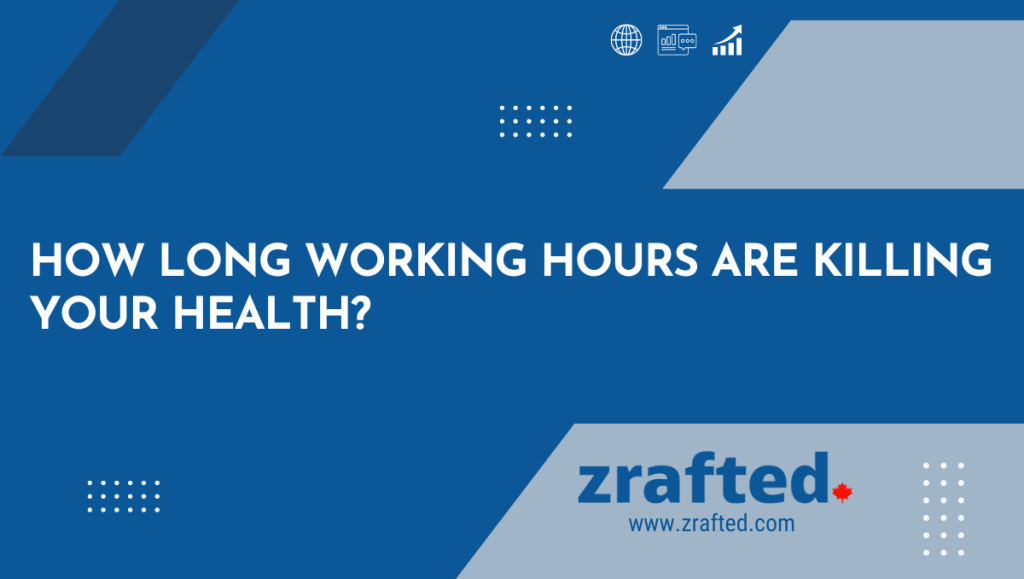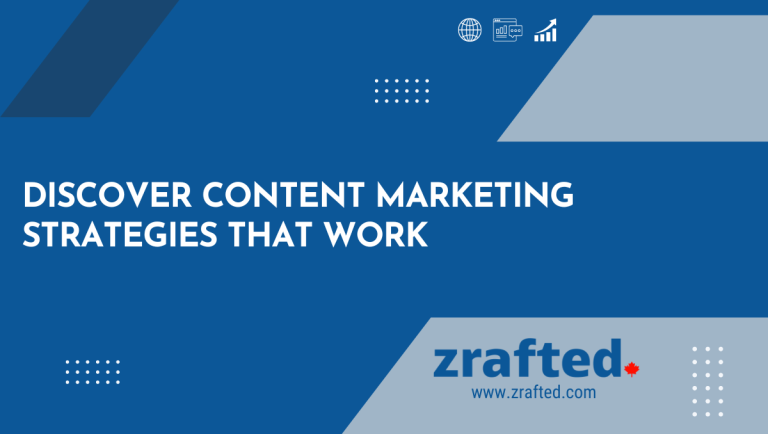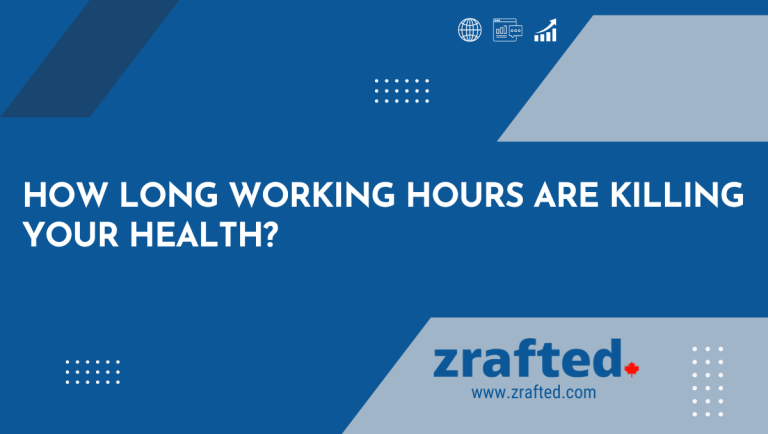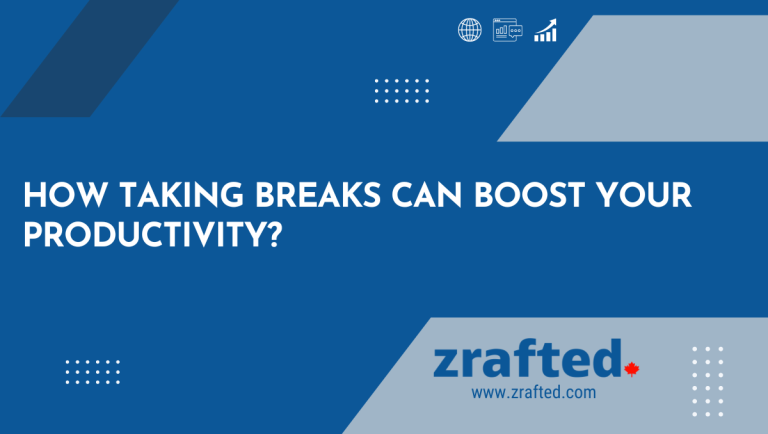Long Working Hours Are Killing Employees
If engaging in excessive work to the point of exhaustion means dedicating a minimum of 55 hours per week, it could potentially have fatal consequences for your health. A recent research by the World Health Organization and the International Labour Organization highlights the tangible and detrimental consequences of working too long hours.
The study, which specifically examined data from 2016, reveals that a total of 398,000 individuals lost their lives due to strokes, while 347,000 individuals succumbed to heart disease, both of which were attributed to working 55 hours or more each week. This study is the first worldwide investigation to analyze the decline in health and quality of life caused by working extended periods of time.
According to the report, there is a global increase in the number of people working long hours. Presently, a total of 9% of the overall population is engaged in employment for a minimum of 55 hours. Due to the increasing number of individuals working remotely and organizations coping with limited staff, there is a growing sense of obligation among employees to stay available for work. Fast Company recently reported on a 2021 employee engagement study indicating that over 50% of the participants expressed concerns about appearing productive to their bosses. Additionally, 44% of these individuals addressed this worry by extending their working hours.
Long Hours Are Killing Employees: Important Figures
- There has been a 29% rise in the combined number of deaths caused by ischemic heart disease and strokes during the year 2000.
- Heart disease-related mortality experienced a significant increase of 42% between the years 2000 and 2016.
- There was a 19% rise in the number of deaths caused by stroke between 2000 and 2016.
- 9% represents the proportion of the entire global population that is engaged in working extended hours.
Sources: WHO Report
What are Long working hours?
The report from the World Health Organization (WHO) and the International Labour Organization (ILO) defines lengthy working hours as exceeding 55 hours of work per week. The typical Canadian worker has been fortunate enough to avoid working such extended working hours. In 2020, the average Canadian worker with a full-time job logged 39.9 hours per week, as reported by Statistics Canada. There has been a minor decline in the average number of working hours over the past decade. In 2016, the average number of working hours per week was 40.2, which decreased from 40.5 hours per week in 2010.
Long Hours Are Also Bad For Business
According to the WHO/ILO report, which highlights the severity and fatality of the impact of prolonged working hours on employees, it is important to acknowledge that long working hours also have detrimental effects on businesses. Research indicates that productivity decreases sharply after working 50 hours and even more after working 55 hours a week, which should serve as another motivation for companies to plan their work schedules in a way that doesn’t kill their employees.
There is research suggesting that reducing work hours while prioritizing efficiency and effective time management can result in higher production and be advantageous for a company.
Rise and Grind Your Way To An Early Grave
Long workdays might have the unintended consequence of drastically reducing sleep. The body and mind cannot recover and rejuvenate when they are not getting enough sleep. This extends much beyond experiencing little drowsiness. Extended sleep deprivation can result in severe adverse health consequences and exert significant pressure on the body’s nervous and cardiovascular systems. Insufficient sleep has been associated with an elevated likelihood of experiencing heart attacks and strokes autonomously. Therefore, when coupled with extended working hours, it further intensifies a potentially life-threatening scenario.
For people engaging in long working hours, it is very unlikely that they are doing so without additional stress and anxiety, which does not simply turn off when the work day is complete. Stress can greatly affect mental and emotional well-being, and is linked to lower quality sleep that only leads to more negative health effects.
Possible Solutions
The WHO/ILO report does propose some viable strategies to fight the phenomenon of lengthy working hours. This includes:
-Government enacted labour laws regarding working restrictions, rest times and paid leave, including enhanced rights of people working overnight and part-time.
-New laws from municipal and national governments that set limits on the maximum amount of working time and ensures employer compliance.
-Employers and employees work together to develop working time limits and other sorts of working arrangements that avoid lengthy work hours and mitigate the negative impacts.
By doing so, organizations may optimize the productivity and dedication of their employees, while also safeguarding the long-term well-being of their workforce.
Lorem ipsum dolor sit amet, consectetur adipiscing elit. Ut elit tellus, luctus nec ullamcorper mattis, pulvinar dapibus leo.





